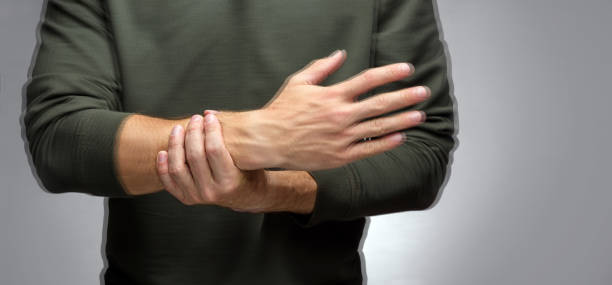
A Review of Biomechanical and Physiological Effects of Using Poles in Sports
5 Apr 2025
This systematic review explores the biomechanical and physiological impact of using poles in sports like Nordic walking, trail running, and cross-country skiing. Findings from 31 studies involving 430 participants indicate that poles reduce ground reaction forces, plantar pressure, and lower limb joint stress while increasing upper body muscle activation and energy expenditure (VO2). Despite higher heart rate and oxygen consumption, perceived exertion remains unchanged. Proper pole length enhances efficiency, while pole mass has minimal physiological impact. The review also highlights improved balance, trunk muscle coordination, and reduced muscle damage with pole use, positioning poles as a beneficial tool in both recreational and performance-oriented physical activities.
You may be interested in them

21 Oct 2025
Effect of Nordic Walking on Walking Ability in Patients with Peripheral Arterial Disease

21 Oct 2025
Effects of Nordic Walking on Physical Fitness in Patients with Cancer: A Systematic Review

21 Oct 2025
Nordic Walking Groups for People with Parkinson’s Disease in Community Rehabilitation Settings
© 2024 onwf.org | Original Nordic Walking from Finland







